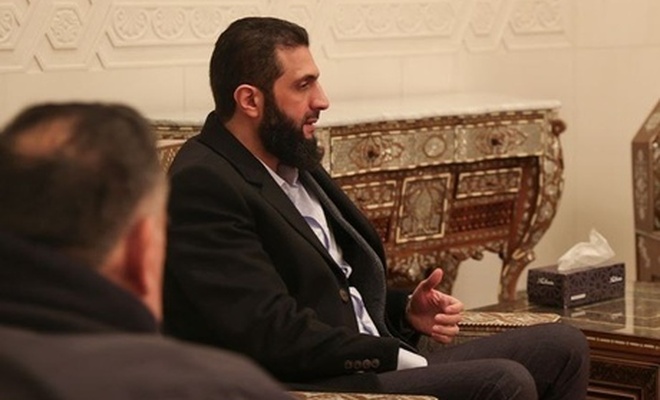Women in Türkiye: A Statistical glimpse
The Turkish Statistical Institute (TSI) has published a detailed report highlighting key demographic and gender-related statistics in Türkiye, shedding light on various aspects of population dynamics and socio-economic indicators.

 Google News'te Doğruhaber'e abone olun.
Google News'te Doğruhaber'e abone olun. Within this diverse landscape, understanding the lives of women is crucial for gaining a holistic perspective on the country's social fabric. Here, we delve into various statistics, painting a picture of the opportunities, challenges, and ongoing advancements faced by Turkish women.
Demographics and Lifespan
Women constitute 49.9% of the Turkish population, with men making up the remaining 50.1%. This near parity reflects a gradual shift in demographics, with a longer life expectancy for females (80.3 years) compared to males (74.8 years). This trend becomes even more pronounced in the older age groups, with women comprising 70.2% of the population aged 90 and above.
Education
While traditionally a disparity existed, educational attainment for women is on the rise. The average number of years spent in school has increased for both genders, reaching 8.5 years for women and 10.0 years for men. This progress is further reflected in the growing number of women completing at least one level of education, rising from 67.5% in 2008 to 86.7% in 2022.
Higher education is increasingly becoming a focus, with the proportion of women aged 25 and over holding tertiary degrees (university, faculty, masters, doctorate) witnessing a significant jump from 7.1% in 2008 to 21.6% in 2022. This trend signifies a growing emphasis on empowering women through knowledge and qualifications.
Employment and Labor Force Participation
Despite advancements in education, the female labor force participation rate remains lower compared to men (35.1% vs. 71.4%). This gap is particularly evident for mothers with young children, where only 28% are employed compared to 90.5% of fathers. However, a positive correlation exists between higher education and female participation, with a rate of 68.8% observed among women holding higher education degrees. Additionally, women are more likely to be employed in part-time positions (16.1%) compared to men (6.7%).
Gender Parity and Leadership Roles
While a gender pay gap exists at all education levels, with the highest disparity observed for high school graduates (19.6%), women are increasingly taking on leadership roles in various sectors. This is evident in the growing number of female ambassadors (27.3% in 2023, up from 11.9% in 2011), members of parliament (19.9% in 2023, up from 9.1% in 2007), professors (33.9% in 2022/23, up from 27.6% in 2010/11), and individuals holding management positions (19.6% in 2022, up from 14.4% in 2012). Notably, women comprise 34.1% of research and development personnel, showcasing their growing contribution in this crucial field.
Beyond the Numbers
The average age at first marriage for women is 25.7 years, compared to 28.3 years for men, reflecting a trend towards later marriages.
Interestingly, in legal marriages, 16.2% of women have attained a higher level of education compared to their spouses.
In finalized divorce cases concluded in 2023, mothers were awarded custody of children in 74.9% of the instances.
While internet usage is high overall (87.1% for individuals aged 16-74), a gender gap persists, with 83.3% of females and 90.9% of males being internet users.
A higher proportion of women (27.4%) compared to men (10.2%) feel unsafe walking alone at night in their own neighborhoods, highlighting the need for continued efforts towards ensuring women's safety and security.
In conclusion, the lives of women in Türkiye are undergoing a transformation. While challenges like the gender pay gap and lower labor force participation persist, significant progress has been made in areas such as education, leadership roles, and legal rights. As Türkiye continues to evolve, understanding the experiences and aspirations of women remains crucial for building a more equitable and inclusive society. (ILKHA)



















































